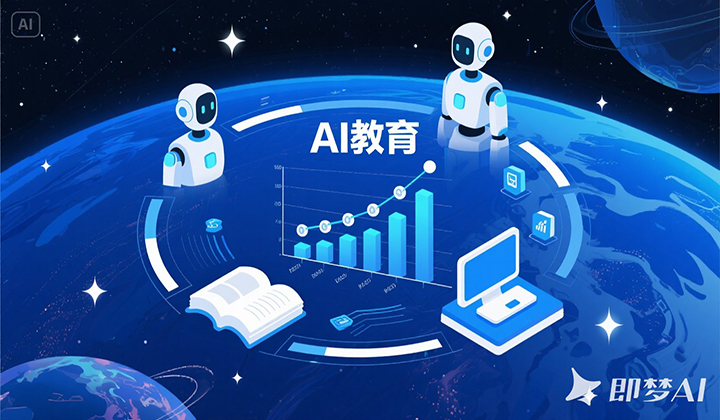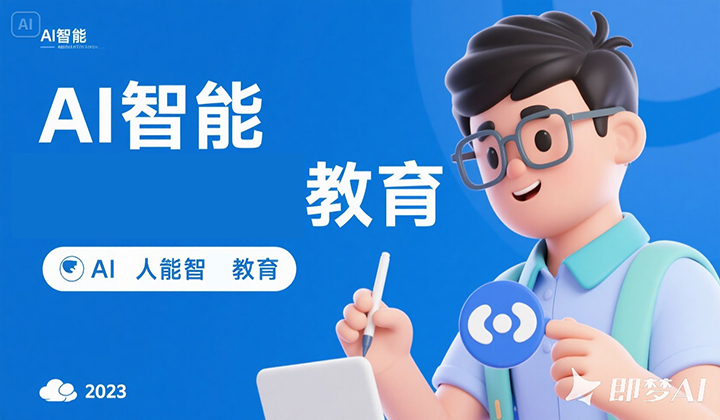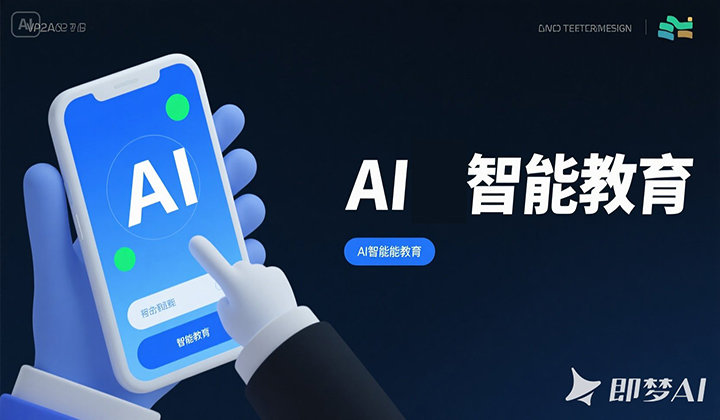Enhancing Accessibility and Inclusivity Through AI in Education
Accessibility and inclusivity are fundamental principles in modern education, and AI plays a pivotal role in advancing these goals. By leveraging AI technologies, educational institutions can break down barriers that prevent students from accessing quality learning opportunities. Whether through language translation tools, speech-to-text applications, or assistive technologies for students with disabilities, AI has the power to create a more equitable educational experience for all learners.
One of the most impactful ways AI enhances accessibility is through language translation services. In an increasingly globalized world, students from diverse linguistic backgrounds often face challenges in accessing educational materials in their native languages. AI-powered translation tools can instantly convert course content, lectures, and assessments into multiple languages, making education more accessible to non-native speakers. Additionally, real-time transcription services powered by AI can benefit students who are deaf or hard of hearing by providing accurate captions during live lectures or video presentations.
For students with disabilities, AI-driven assistive technologies offer transformative support. Tools such as text-to-speech software, eye-tracking devices, and voice-controlled interfaces enable students with physical or cognitive impairments to engage with digital content more effectively. These innovations empower individuals who may have previously struggled to participate fully in traditional classroom settings. Furthermore, AI can facilitate the development of personalized learning plans for students with special needs, adapting content delivery to suit their unique requirements.
AI also contributes to inclusivity by addressing socioeconomic disparities in education. Students from low-income families often lack access to high-quality tutoring or advanced coursework. AI-powered tutoring systems can provide affordable, scalable solutions by offering one-on-one support to students regardless of their geographic location or financial background. These platforms can deliver targeted instruction in subjects ranging from mathematics to language arts, helping students catch up or excel beyond their grade level.
However, while AI holds great promise for promoting accessibility and inclusivity, it is essential to consider potential limitations and biases in AI systems. If not carefully designed, AI tools may inadvertently reinforce existing inequalities by favoring certain demographics over others. Developers must prioritize diversity and inclusivity in the training data used to build AI models, ensuring that these technologies serve a broad spectrum of users equitably. Additionally, collaboration between educators, technologists, and policymakers is necessary to establish guidelines that promote responsible AI implementation in educational settings.
By harnessing the capabilities of AI, educational institutions can create more inclusive environments where every student has the opportunity to succeed. From language translation to assistive technologies and personalized tutoring, AI is paving the way for a future where education is truly accessible to all














